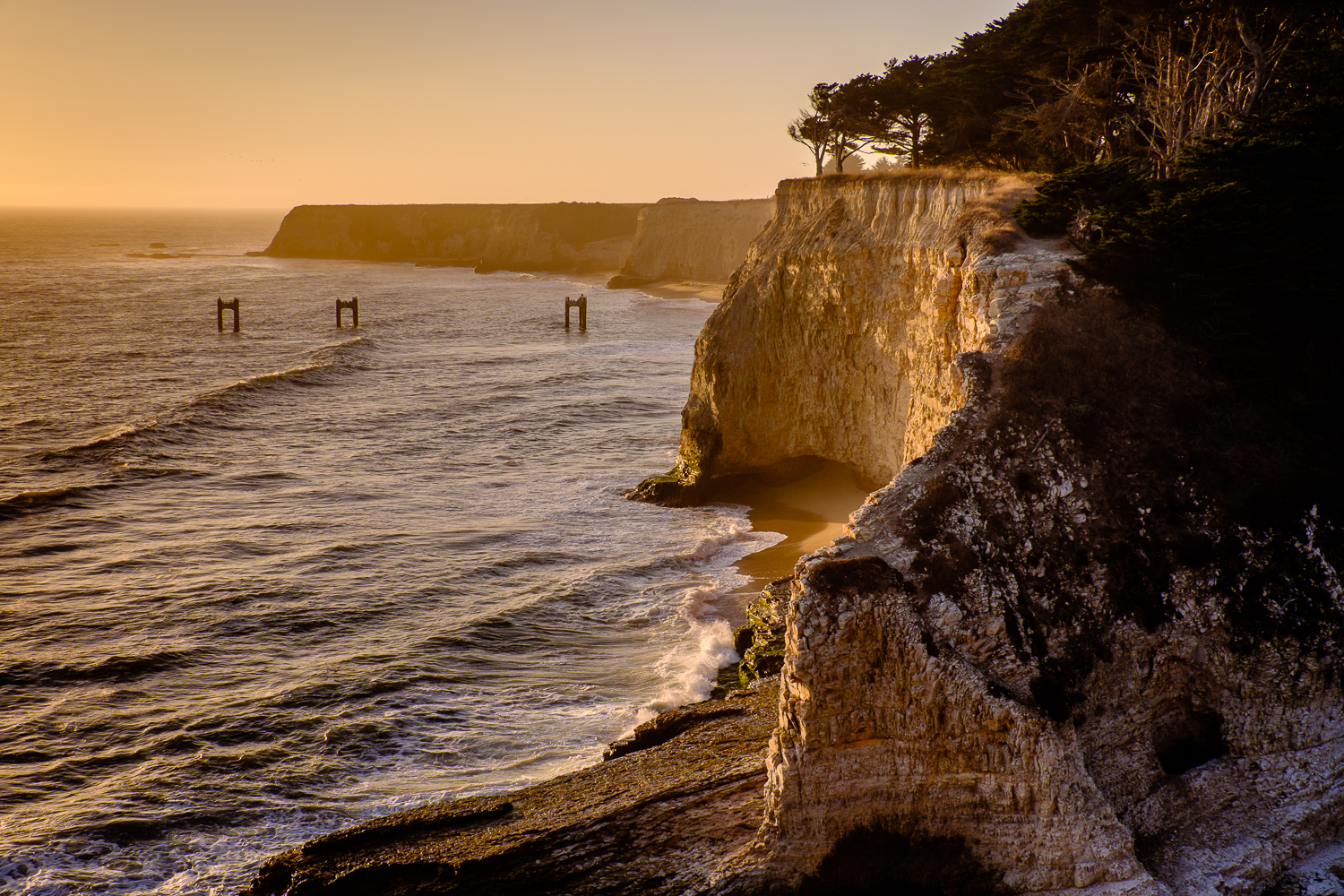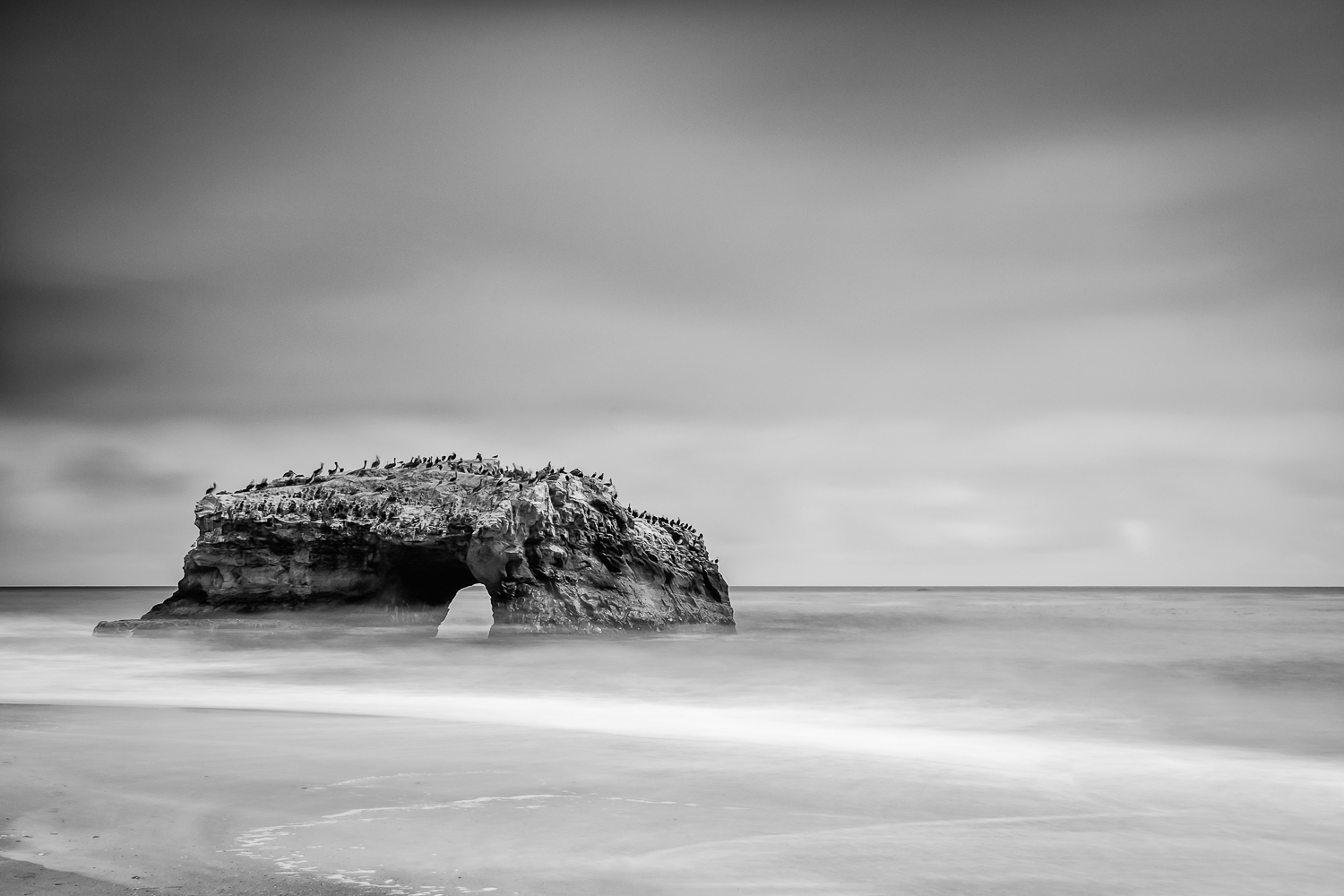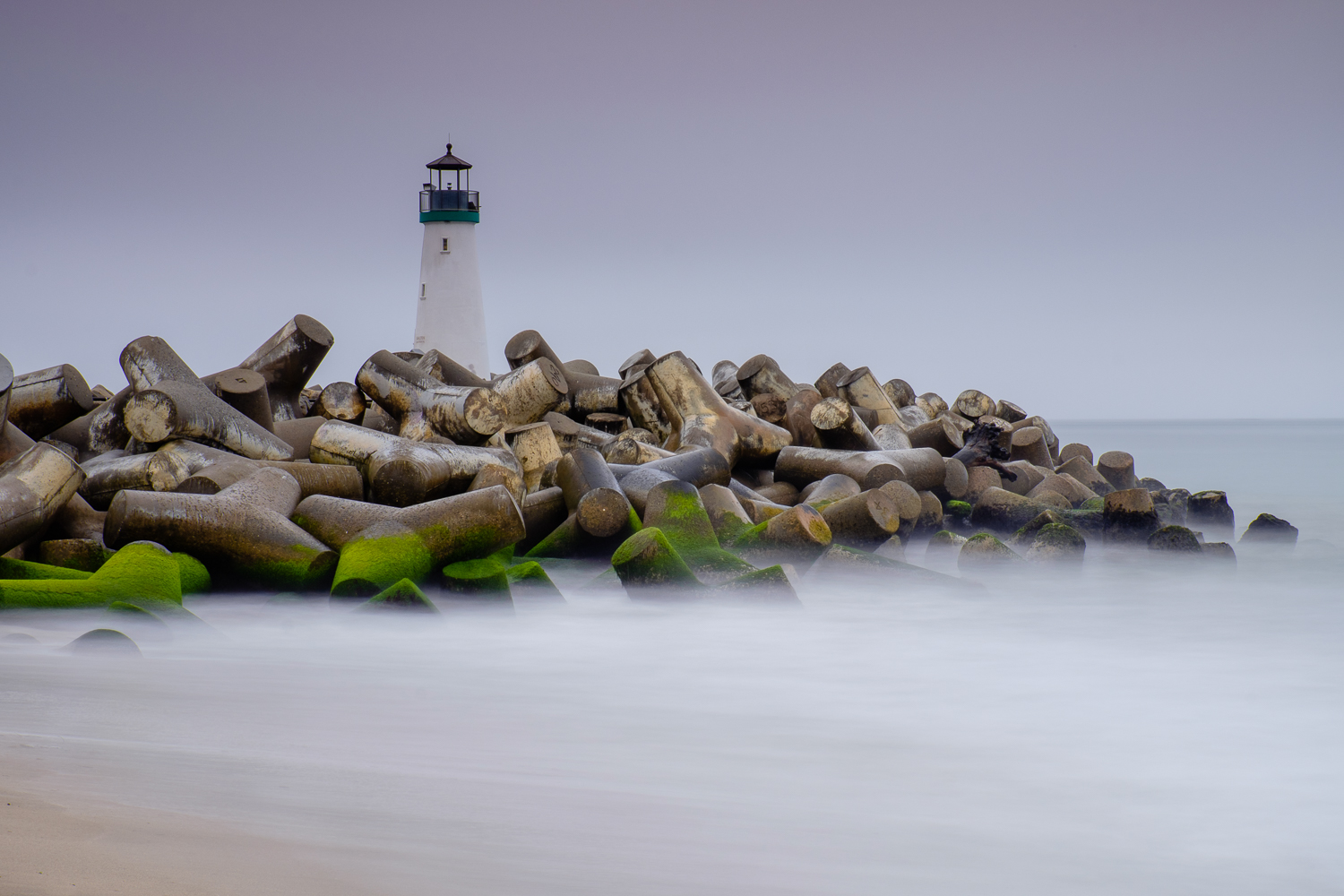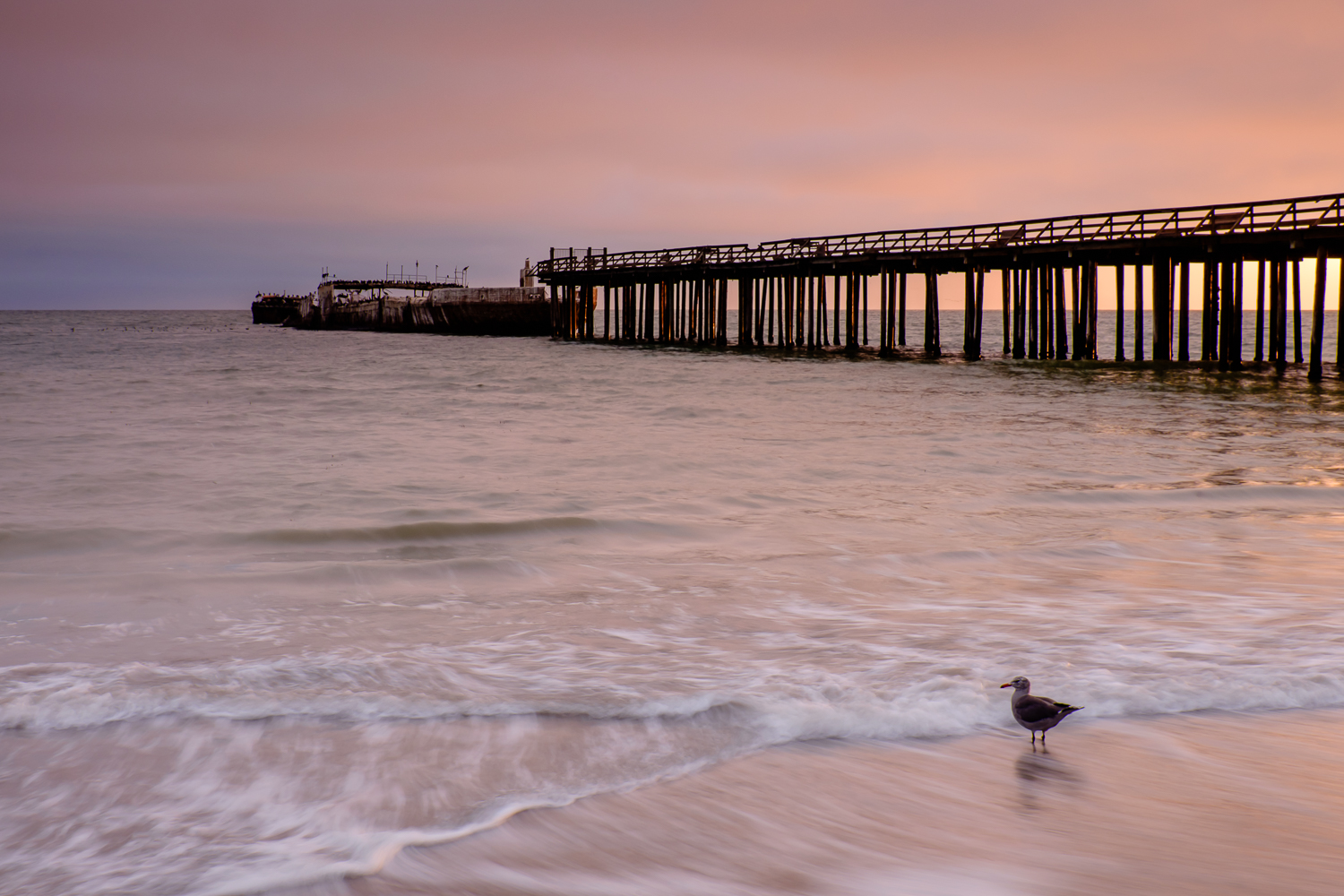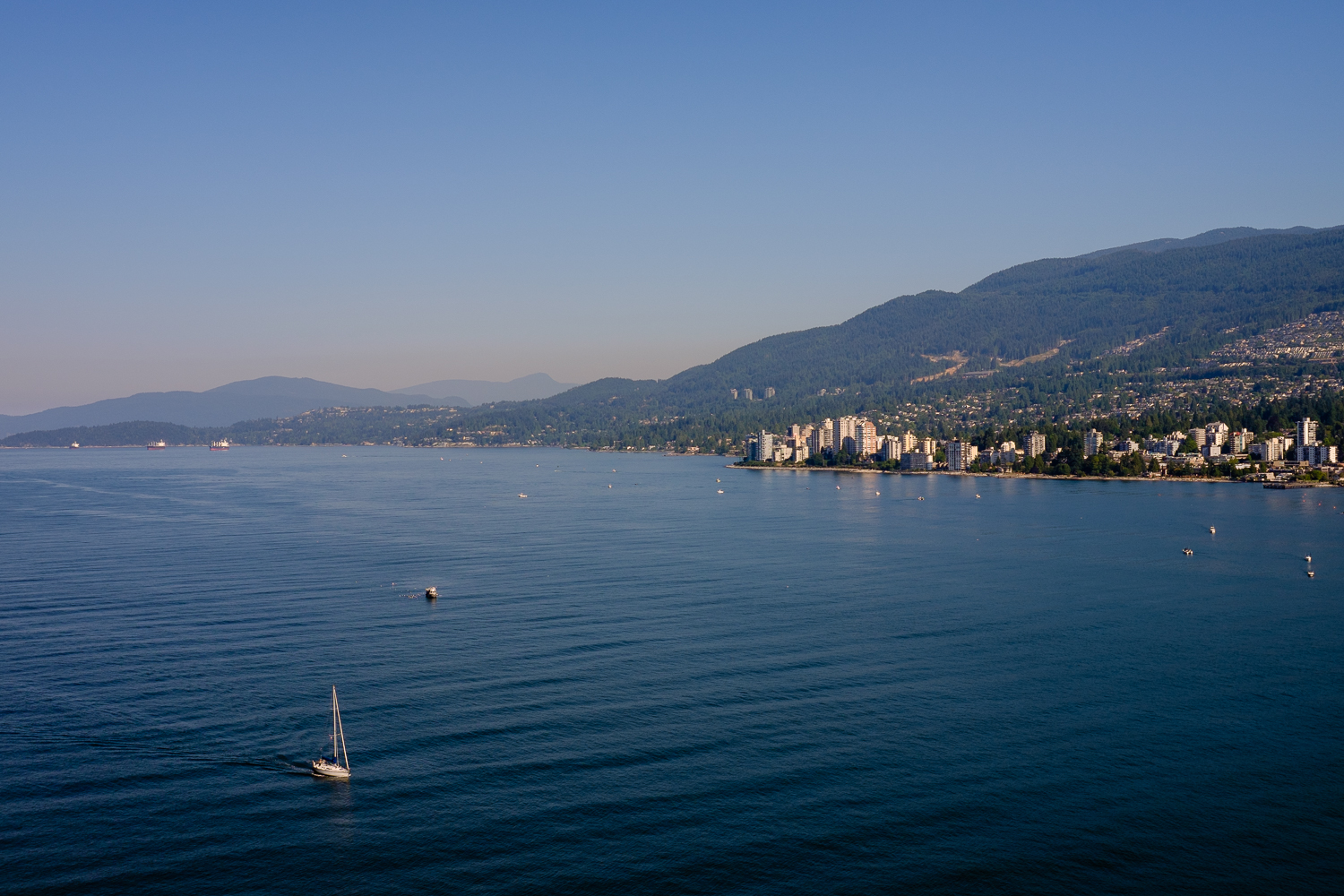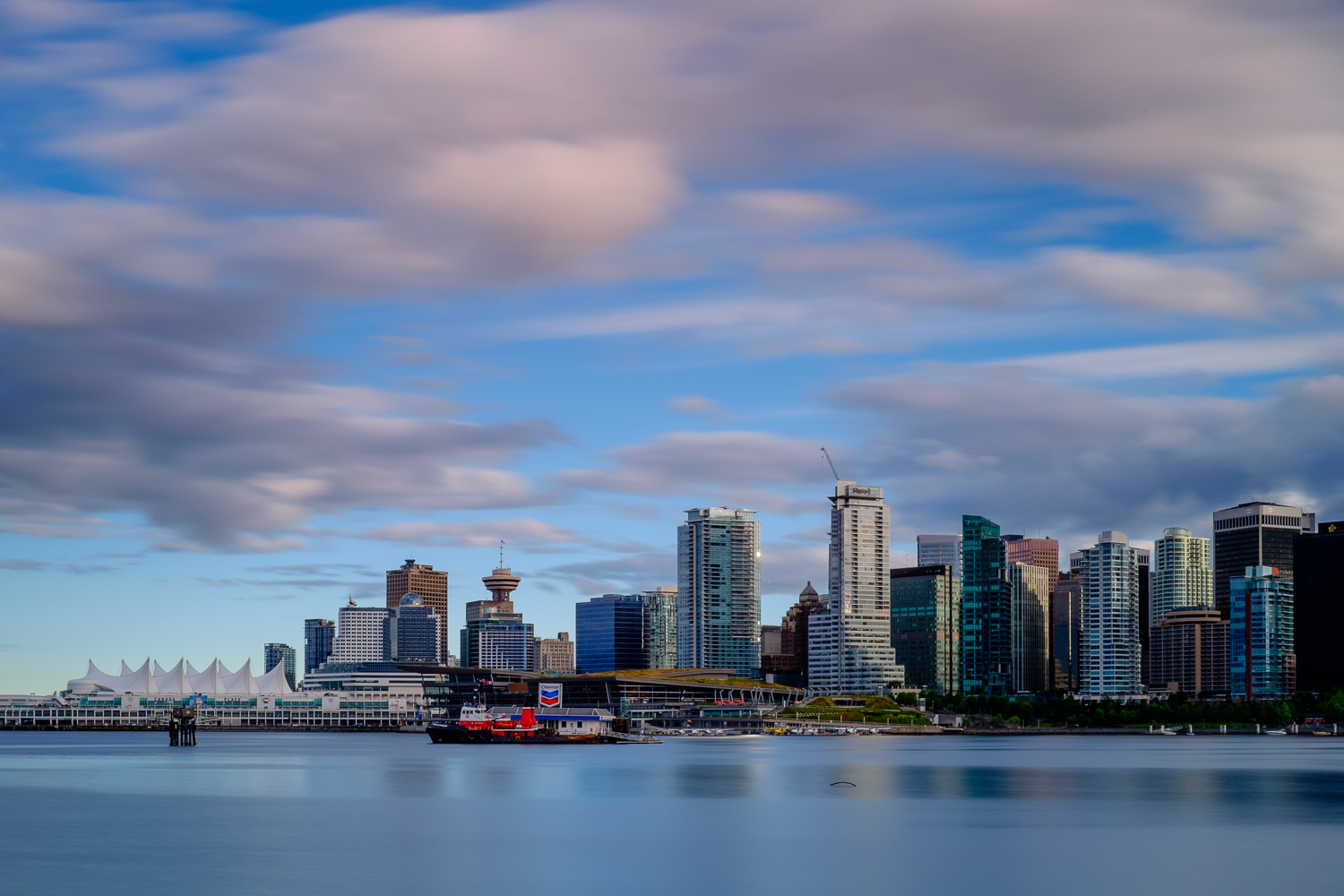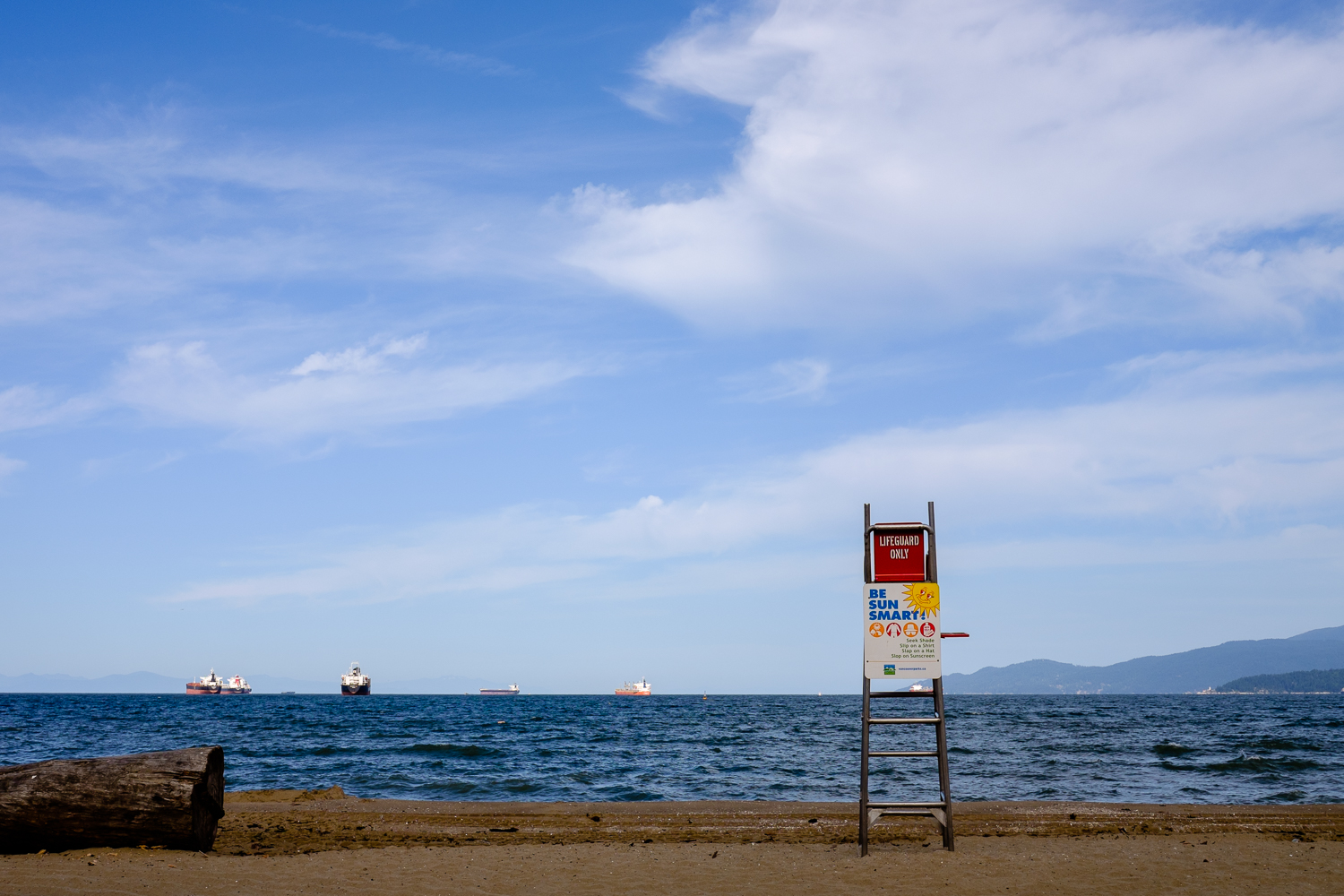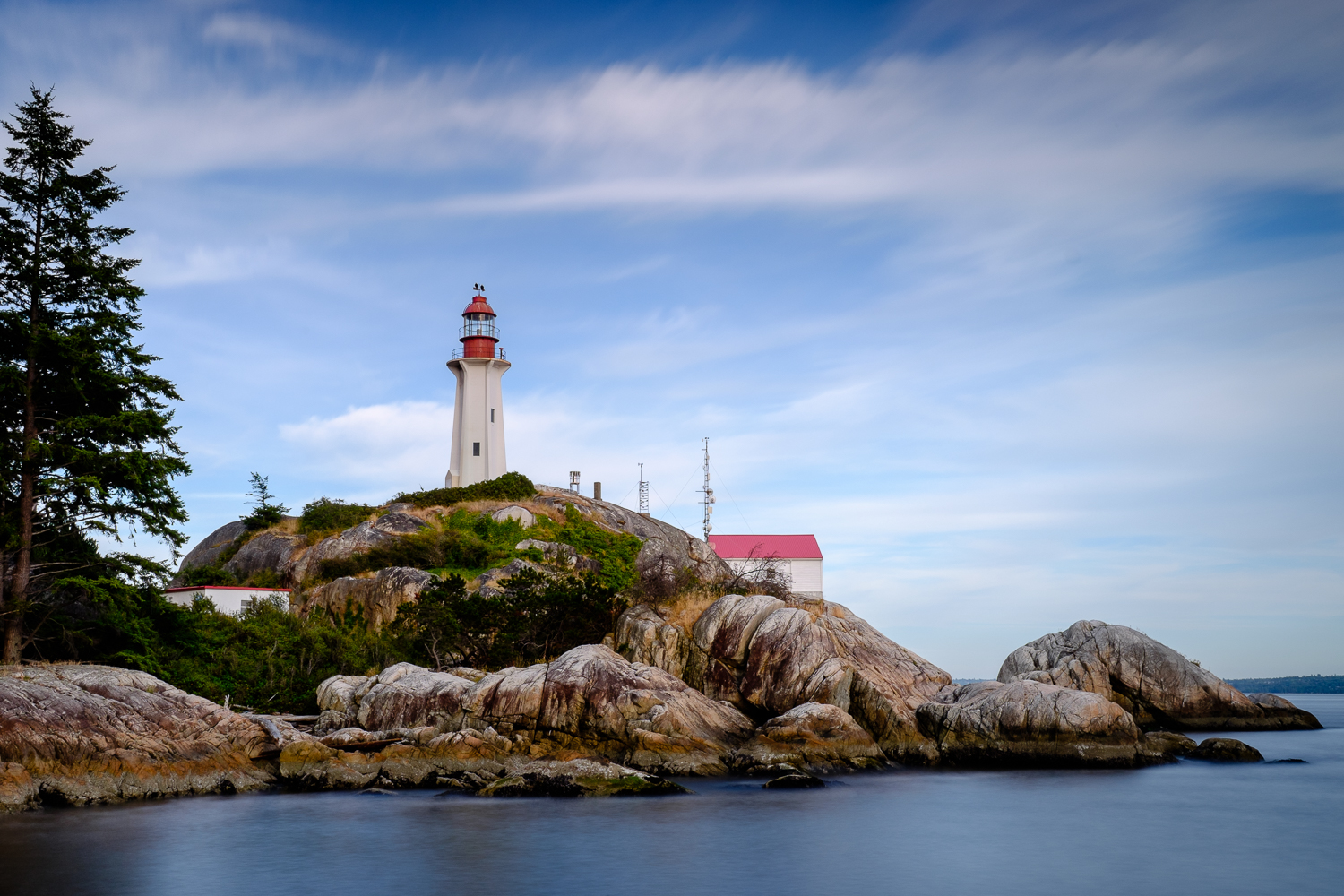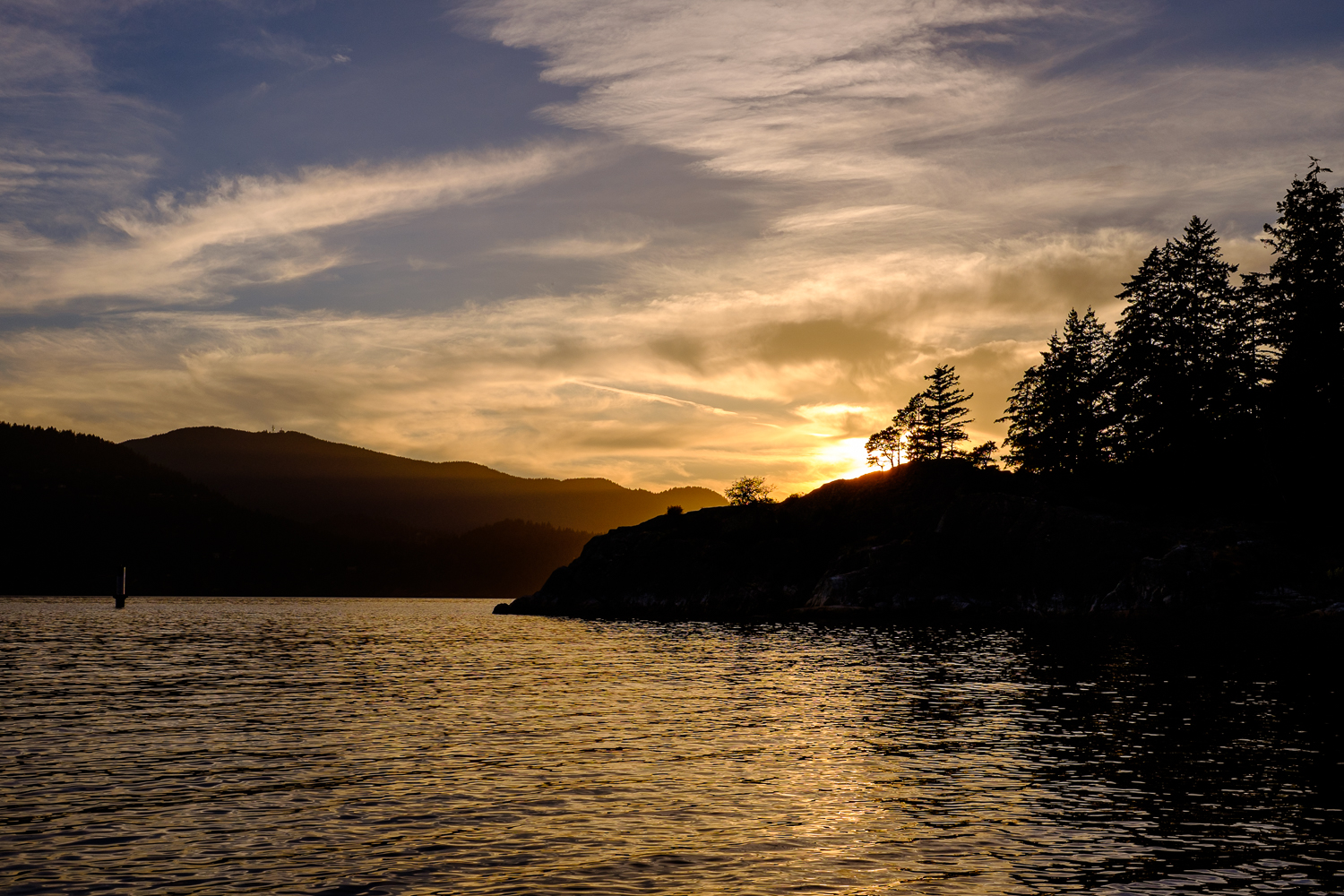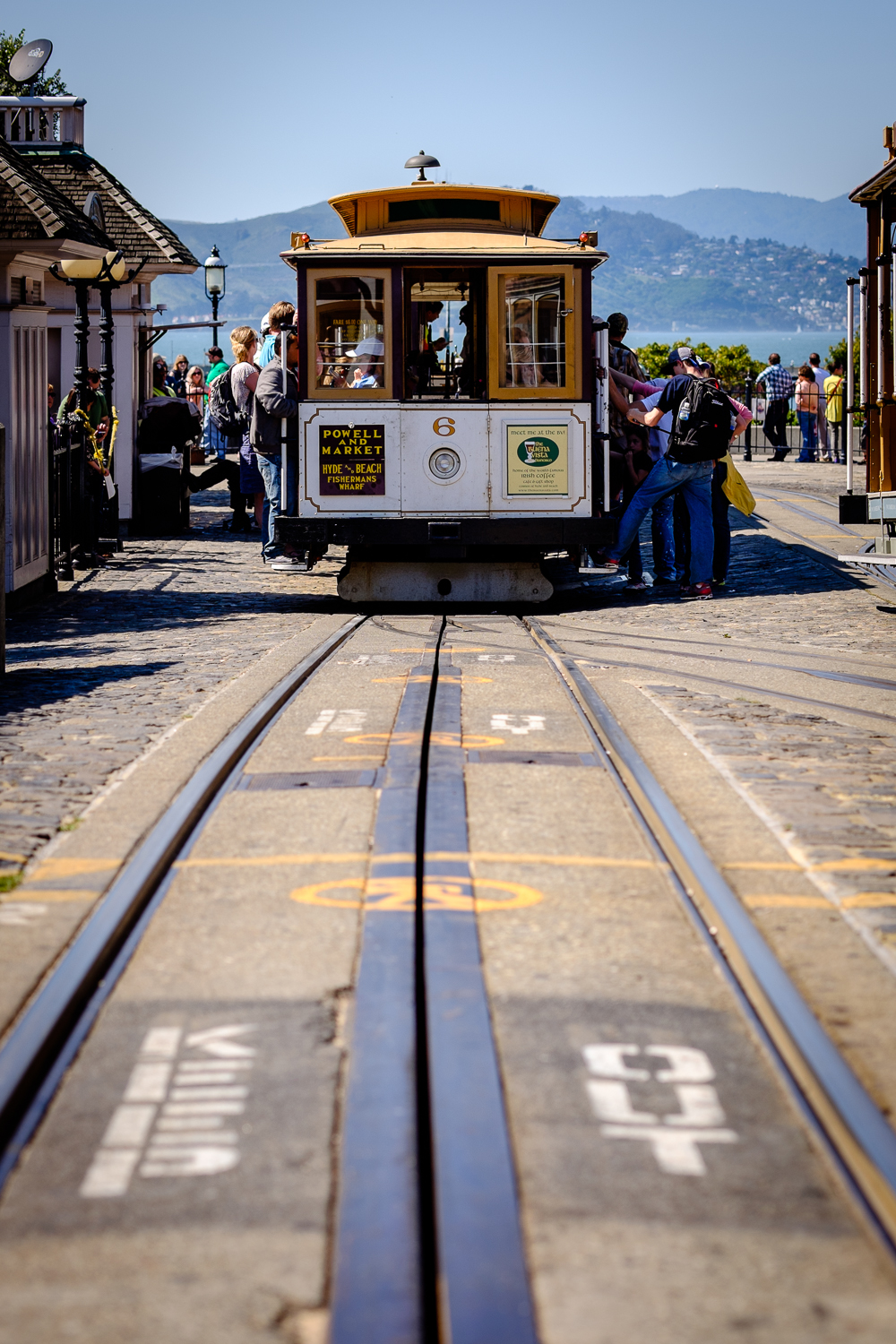We took a road trip to Santa Cruz last month and I thought it would be a good opportunity to rent and try out the Fujinon XF 18-135mm lens. Even though I generally prefer prime lenses, the XF 18-135mm intrigued me because it's the first weather resistant lens from Fuji and because it covers a very useful focal length range. Being someone that spends a lot of time shooting near the ocean, the idea of having a weather resistant lens that covers most of my shooting situations sounded quite appealing.
During the week I spent with the lens, I was impressed with almost everything about it. While it's bigger and heavier than the lenses I'm used to shooting with, it didn't feel as unwieldy as I expected. In fact, it felt quite well balanced with the X-T1. I don't have the battery grip for the X-T1, but I think those that do will find that they pair nicely with the XF 18-135mm lens. All the images I captured with the lens were plenty sharp for me and the image stabilization came in handy on numerous occasions.
The only issue I had with the lens was with vignetting while using my Lee Seven5 filter system. With the lens zoomed out to 18mm, there was noticeable vignetting in the corners when I had the filter system mounted on the lens. Zooming in to about 24mm seemed to have taken care of the vignetting in my images. This wasn't a huge issue for me since I had the XF 14mm for my wide angle images, but it's definitely something to keep in mind if you plan to use this lens for long exposures. With that, I'll leave you with a few images shot in and around Santa Cruz using the X-T1 and XF 18-135mm lens.
